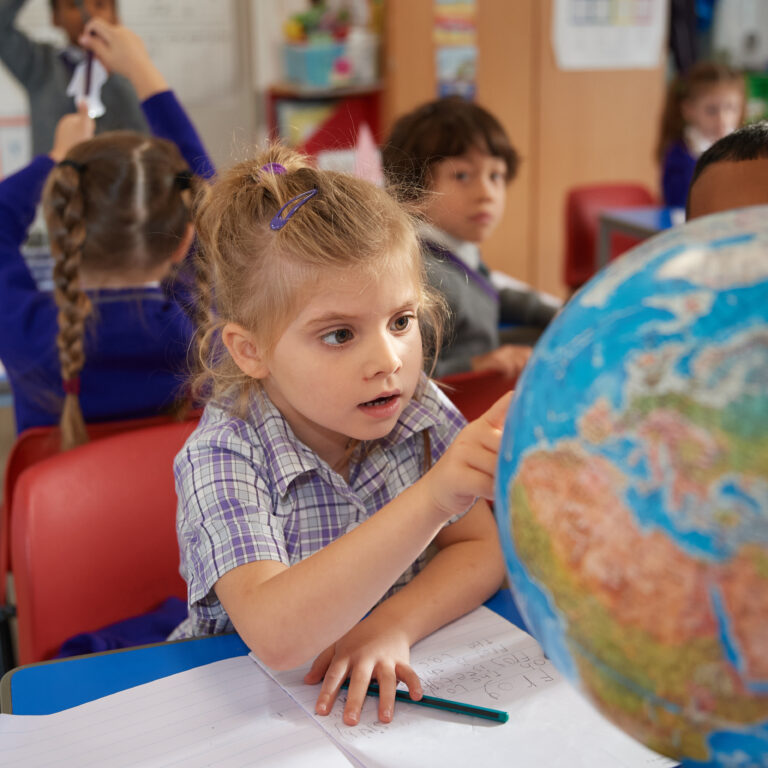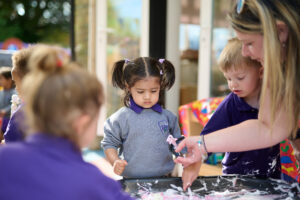A Journey into Language, Culture, and Purposeful Communication
One of the wonderful things about teaching languages in Primary School is the time that you have — time that can be devoted to looking at things like the culture of the country where the language is spoken. Exploring different ways of life, stunning landscapes and scenery, and awe-inspiring architecture should be an essential part of language studies but is often overlooked in the rush to reach the ever-elusive goal of greater fluency.
Year 3 have been looking at Marseille for the last few weeks. From the vibrant, multicultural and musical streets of La Castellane, to the naturally wild area of Les Calanques, over to fishing on the Île du Frioul, and back to the city itself with its museums, restos and impressive cathedral, they have been inspired by it all — and are passionate (and hopeful!) about a future visit there.
However, I think it is I who have been most impressed and inspired by the children’s reactions. In fact, when I asked them in the second lesson to describe what we had learnt previously about Marseille, I was blown away by their responses. It wasn’t just that they could tell me where in France it was or describe the climate. It wasn’t even that they could tell me what they could see in the town or describe what you might hear by the sea in Les Calanques. It was the fact that they could do all of that — in French!
Yes, I had taught them the vocabulary; yes, it was mostly single-word responses — but I hadn’t actually asked them to say it in French! That they were able to recall vocabulary, understand the context, and begin to express their ideas in French — and about such a rich and unfamiliar topic — shows just how far they’ve come. We were talking about what it was like there, their impressions, and my sense was that French might inhibit them — but apparently that was not a feeling they shared!
My conclusion is, firstly, that it is incredibly important to show children how to use language. It’s all very well teaching them a series of words, even organising them into topics — but what do they actually need them for? Show them an interesting sight, and then give them the words to describe it, and they begin to see the point.
Secondly, using a mixture of French and English — or translanguaging — is a powerful tool on the journey towards understanding French alone. It’s less intimidating than just French and builds their confidence. Saying something like “You can see les arbres that have been blown down by le vent. It’s so windy because it’s près de la mer!” seems to help them understand the words — and how they can use them.
While children may enjoy talking about how many pets they have, it’s not always a constructive conversation to have with a peer who has met and cuddled their cute guinea pigs many times before. But feeding back information about something new to them, consolidating what they know and adding new ideas — that is a purposeful use of language.
I set out to teach Year 3 about culture. I rediscovered something I had almost forgotten — the power of purposeful communication. Year 3, you have set the bar high. In the future, I shall be expecting all my classes to feed back in French! I’ll be planning how best to encourage them to do this… while planning my next holiday — to Marseille!
By Mrs Abbott, Head of Languages



